Seeing Through the World introduces the reader to the work of German-Swiss philosopher, poet, and intellectual mystic Jean Gebser (1905-1973). Writing in the midcentury during a period of intense cultural transformation and crisis in Europe, Gebser intuited a series of mutational leaps in the history of human consciousness, the latest of which emerging was the “integral” structure, marked by the presence of time-freedom. Gebser’s insights on the phenomenology of human consciousness has brought profound intellectual depth and spiritual transmission to the field of integral philosophy and consciousness studies, influencing the works of American historians such as William Irwin Thompson and the philosopher Ken Wilber. Further syncretic corroboration links Gebser’s integral age to those of the Indian revolutionary and yogi Sri Aurobindo’s “integral yoga” and Pierre Teilhard de Chardin’s evolutionary mysticism.
Arguably, Gebser’s structures of consciousness are as significant an ontological insight as C. G. Jung’s “reality of the psyche.” Yet, until now, very little secondary literature has been available in the English-speaking world. Jeremy Johnson, the current president of the International Jean Gebser Society who has spent the last decade as an integral scholar and researcher, produces this introductory volume on the life and writings of Jean Gebser. Part companion piece to Gebser’s magnum opus, The Ever-Present Origin, part inspired treatise on an integral futurism, Jeremy guides the reader through the structures of consciousness and incepts integral scholarship as a divination that scries the age of ecological collapse and the ontological recodings of the Anthropocene.
It is the first volume in the NuraLogicals series, produced in partnership with Nura Learning.
-
- Towards an Integral Philosophy of the Present
- A Catalytic Reading
- A Few Words on Approach, or How to Render the Invisible, Visible
- Three Worlds
- Mutations, Structures, Becomings
- The Integral A-Perspectival World: Time-Freedom and its Contemporary Manifestations
- Forilegium: Secondary Sources and Further Readings Towards an Immanental Integrality
“Our concern is with a new reality—a
reality functioning and effectual integrally,
in which intensity and action, the
effective and the effect co-exist; one
where origin, by virtue of ‘presentation,’
blossoms forth anew; and one in
which the present is all-encompassing
and entire. Integral reality is the world’s
transparency, a perceiving of the world
as truth: a mutual perceiving and imparting
of truth of the world and of the
human and of all that transluces both.”— Jean Gebser, Ever-Present Origin, 7.
1
Towards an Integral Philosophy of the Present
Time is being and being
time, it is all one thing,
the shining, the seeing,
the dark abounding.
— Ursula K. Le Guin
Jean Gebser (1905–1973) was a German-Swiss cultural philosopher, intellectual mystic, poet, and scholar of the evolution of consciousness. Many know him in the English-speaking world for his magisterial text The Ever-Present Origin (1949–1952), a massive tome spanning art, language, and human history with great detail. Though perhaps lesser known than C. G. Jung, Erich Von Neumann (Origins and History of Consciousness), Pierre Teilhard de Chardin (The Human Phenomenon), or Sri Aurobindo Ghose (The Life Divine), Gebser nevertheless offers immense insights for scholars and students of the evolution of consciousness alike. Spanning through the mid-twentieth century, Gebser saw his time, which is arguably also ours, as one of tremendous potentiation catalyzed by crisis. A solution within dissolution, and a latent spiritual mutation in humanity working towards realization. This incipient integral age—the “integral aperspectival” as a term I will attempt to introduce and convey to the reader in this volume—is nothing short of a leap from civilization as we know it (to what, we know not yet). It is an age unfathomable to us, however necessary, one in which Gebser suggests to us that, “the divided human being is replaced by the whole human being.” Key to understanding this leap is not mere intellectual comprehension alone but a form of spiritual clarity, a recognition of wholeness, a waring of past, present, and future. At the outset, the integral is an intensification of originary presence in the human person.
In the rolling thunder of the immanent present, all that we are, all that we have been, and all that we could be is radically with us.
Time is whole and therefore you are whole.
Although coming to him in a “lightning-like” flash of inspiration in the early 1930s, Gebser’s integral insight would need to be carefully articulated through many years of maturation and personal growth. What began as a description of the current mutation, following the breakdown of Europe with the eruption of fascism and two World Wars and the simultaneous promise of a new form of consciousness expressed in the poetry of Rainer Maria Rilke or the post-Newtonian science of quantum physics, it expanded to include a study of other epochal shifts in human history. For instance: the leap from the mythical to the mental structure through the example of Socrates in Ancient Greece (Marshall McLuhan, the media theorist famous for “the medium is the message,” has been compared with Gebser, and would draw similar conclusions about a leap in “sense ratios” through the advent of the Greek alphabetic script and systems of writing). Gebser would come to describe these qualitatively different world spaces that are no less real than our own, with phenomenologically unique relationships to time and space, as the structures of consciousness. These, briefly, are the archaic, magic, mythic, mental, and integral—each one a fundamental reworking of what it means to be in the world, and what the world is for us ontologically (meaning, in philosophy, a study of the nature of being). The structures, for the sensitive reader, are not merely categorical (i.e., the structuralism of Claude Lévi-Strauss and the social sciences), they are living realities immediately apprehensible within oneself. Indeed, one of the prerequisites for Gebser’s integral consciousness is the lived experience of concretization, that is, an awareness that the previous structures are very much alive, though latent, in the present. As William Faulkner remarked in Requiem for a Nun, “the past is never dead, it’s not even past.”
Gebser’s structures offer us a broad picture of humanity: from the event horizon of hominization in the archaic, to the vitalist dreaming and interweaving of Paleolithic cave paintings of Chauvet and Lascaux in the magic, to Chartres Cathedral and the celestial, ensouled cosmology of the mythic, still more to the emerging spatial and measurable waking world of the mental. Notice, however, how the dreaming mind and the waking mind are neither inferior nor superior to each other; rather, they are co-constituents of a larger reality. The integral, for Gebser, is likened to clarity. Diaphaneity. It belongs neither to the daylight nor twilight mind but instead achieves a lucid seeing through of these worlds as they reflect inexhaustible aspects of the Real, the spiritual Origin.
What is origin for Gebser? The German word Ursprung, as the late scholar of yoga and Gebserian biographer Georg Feuerstein notes, literally means “primal leap.” Gebser is at times elusive here, attempting to avoid both symbolically mythical or precise, rational language (it is neither the mythic-tied image of a “primordial spark,” nor the mental, Hegelian “being”). Origin is not time-bound, nor space-bound, but is the originator or source of all that is time and space bound. “We might say it is sheer presence,” Feuerstein writes. Gebser has also described origin as “the itself,” or “that which pervades or ‘shines through’ everything.” Feuerstein finds its correspondence in the “super-consciousness” of Hinduism. “For the enlightened beings of Hinduism, the atman, which can correctly be rendered as ‘itself,’ is flawless consciousness or the ‘witness’… according to their testimony this witness is utterly unqualified, transpersonal, absolute.” The integral, then, is an actualization of this originary presence in human consciousness—a coming to awareness, an awaring—and the integration of all previous structures. We might also note that consciousness, for Gebser, is the capacity in human beings to integrate these structures, which ultimately falls not upon the synthesizing capacities of the mental to do so, but the originary spiritual presence—hence the need for an intensification of presence as precursor to their integration and realization.
[…]
The time has come to retrieve Gebser’s integral aperspectivity for the challenges we face in the twenty first century. It bears repeating that Gebser’s time is our time. He recognized a crisis in civilization, and in the decades that have followed him, this crisis has only further compounded itself. “Such a reaction, the reaction of a mentality headed for a fall,” Gebser writes at the outset of Ever-Present Origin, “is only too typical of man in transition.” This echoes our own anxieties at the end of the age of fossil fuels and at the beginning of a centuries-long epoch facing the planetary consequences of climate change. We must bear witness to the possibility of both our undoing and our becoming if we are to truly apprehend our era. If the integral milieu—which promises a new tomorrow—is to bear any weight, to speak to this age of transition, it must do this with us.
As I hope to make clear, an integral aperspectival approach is one in which we have more room to dialogue with the developments of postmodern philosophers such as Gilles Deleuze and Félix Guattari; to concretize the durationalism (the philosophy of time) of Henri Bergson; to see through the late mental structures’s machinations in runaway late-capitalism; to perceive the Janus-Faced, chaos-dynamical systems of Teilhard’s planetization; or even to understand the transformations in the humanities through the transparency of objects in object-oriented ontologies (OOO), or dark ecologies, with contemporary philosophers Graham Harman and Timothy Morton.
Gebser’s time, I believe, has come yet again: to help us in this age of existential and ecological crisis to think towards a planetary future.
Or, we might better say: to help us recognize how the future is already thinking us.
[Note: All footnotes to this section appear in the printed volume and forthcoming eBook.]
About the Author
Jeremy Johnson, MA is the founder/director of Nura Learning and has worked in the online learning field for five years with companies such as Evolver and the Open Center in New York City. He is also a contributing editor at Reality Sandwich magazine. He has published on OMNI, Conscious Lifestyle Magazine, Kosmos Journal, Evolve Magazine, and Evolve and Ascend. Jeremy is the current president of the International Jean Gebser Society.
Additional information
| Dimensions | 7 × 5 × .5 in |
|---|

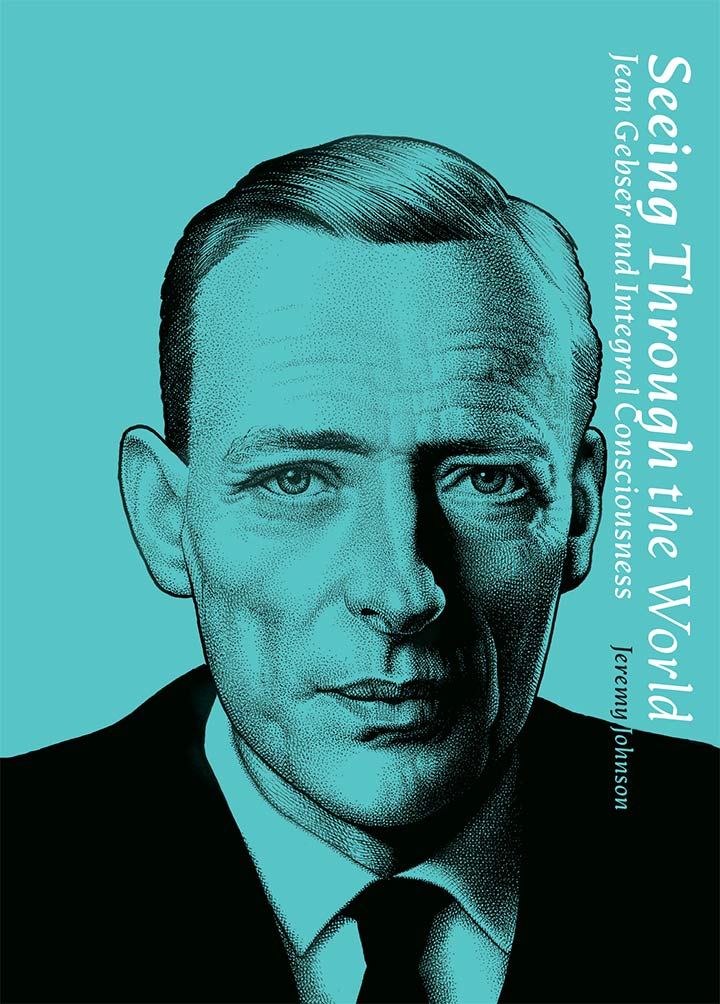
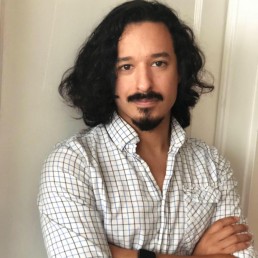
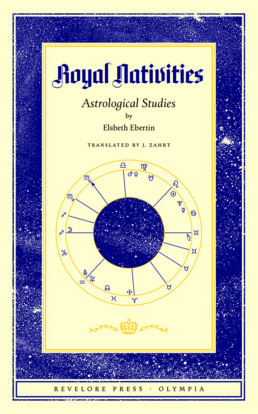
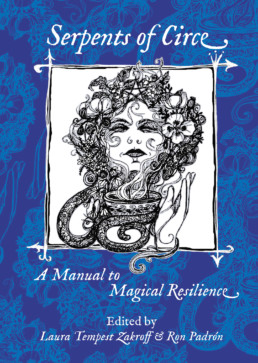
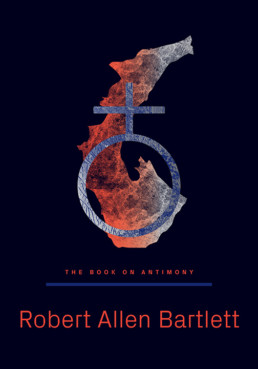
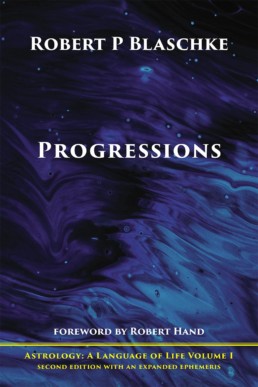
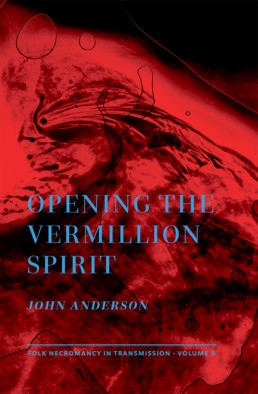


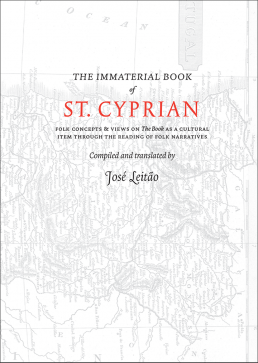
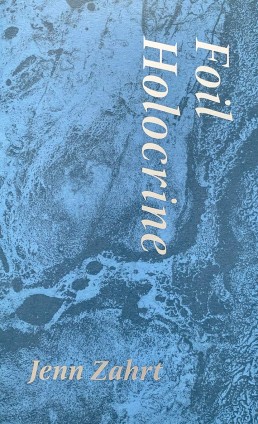
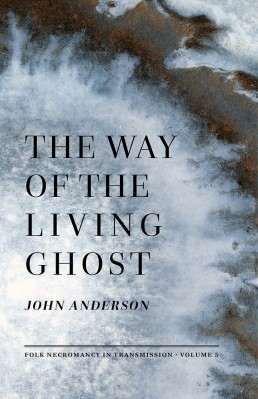
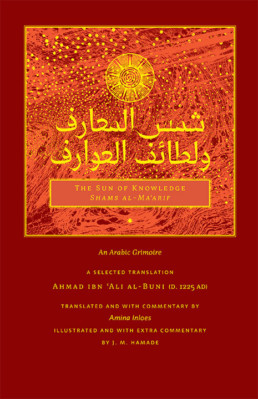
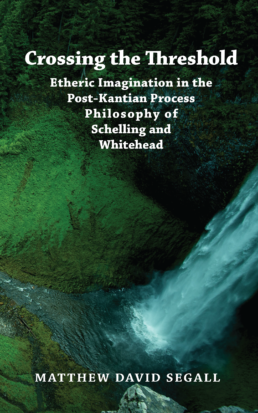
Reviews
There are no reviews yet.